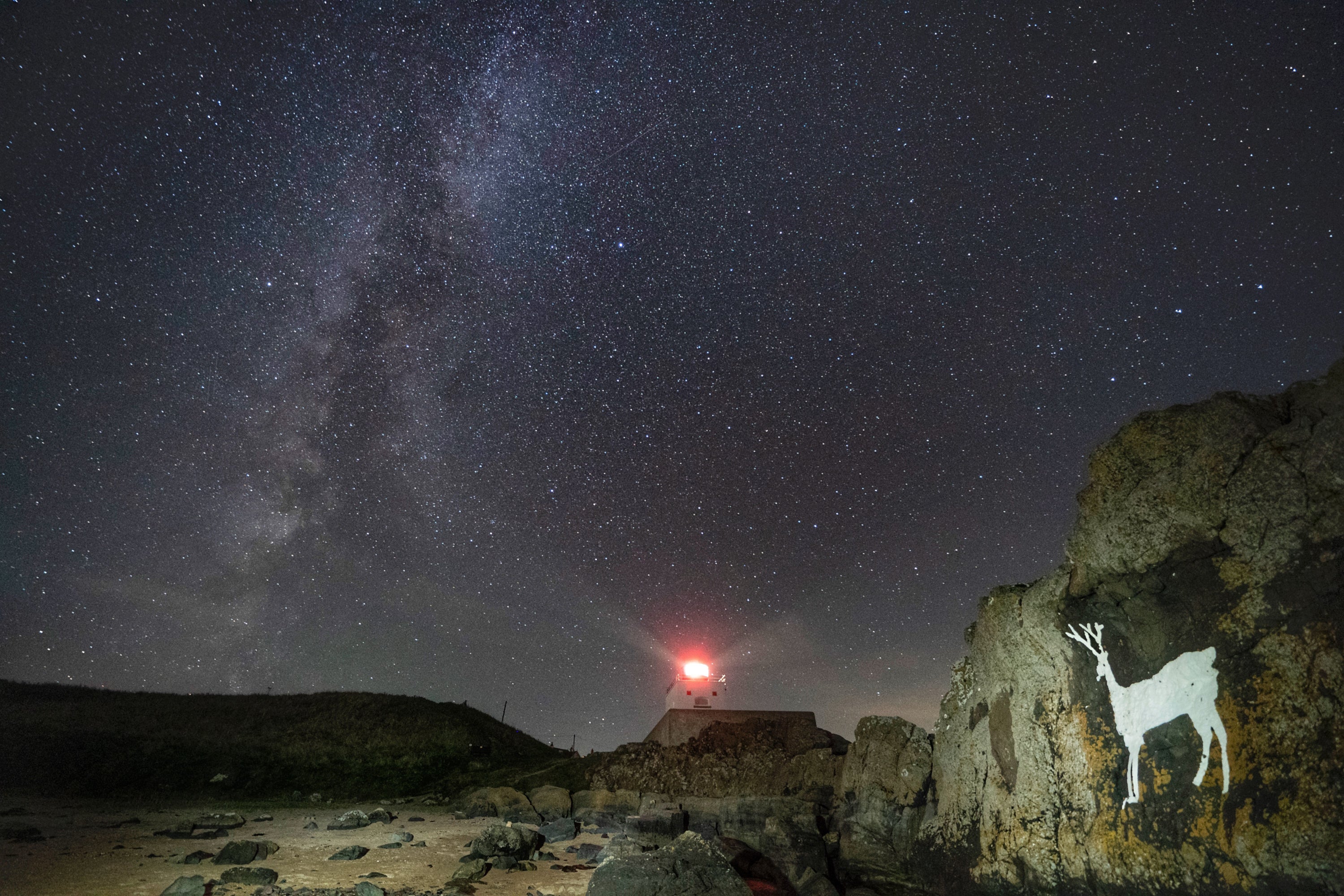Astronomer couple honoured with English Heritage blue plaque
The heritage organisation previously said it aims to tell the stories of London’s working class with its 2022 blue plaque awards.

Your support helps us to tell the story
From reproductive rights to climate change to Big Tech, The Independent is on the ground when the story is developing. Whether it's investigating the financials of Elon Musk's pro-Trump PAC or producing our latest documentary, 'The A Word', which shines a light on the American women fighting for reproductive rights, we know how important it is to parse out the facts from the messaging.
At such a critical moment in US history, we need reporters on the ground. Your donation allows us to keep sending journalists to speak to both sides of the story.
The Independent is trusted by Americans across the entire political spectrum. And unlike many other quality news outlets, we choose not to lock Americans out of our reporting and analysis with paywalls. We believe quality journalism should be available to everyone, paid for by those who can afford it.
Your support makes all the difference.English Heritage have unveiled a blue plaque in honour of a couple who championed amateur astronomy and aimed to make the subject field more accessible for women.
Annie and Walter Maunder, who completed important work on sunspots, solar photography and debunking the canals-on-Mars myth, have been commemorated outside their former home in Lewisham.
It was during their time at the south-east London address that they published the 1904 sunspot article with the famous “butterfly diagram”, English Heritage have said.
They said that in spite of her education and expertise, which was higher and more specialised than her husband’s, Annie’s gender prevented her from taking a professional role in the field.
The heritage organisation said that she was appointed one of the lady computers at the Royal Observatory in Greenwich as part of a scheme to employ young women to undertake routine observational duties.
They succeeded by sharing their abilities and opportunities with one another and helped expand participation in astronomy to a much wider section of UK society.
The work had previously been done by teenage boys and the posts were poorly paid with no possibility of promotion. Meanwhile, the four women appointed had all studied mathematics at Cambridge and were working under non-graduate male assistants, English Heritage added.
Planetary scientist and proposer of the blue plaque, Nicholas Heavens, said: “Both of the Maunders strived and sacrificed to become well-respected and sometimes visionary professional astronomers, facing obstacles on account of class and gender, especially Annie.
“They succeeded by sharing their abilities and opportunities with one another and helped expand participation in astronomy to a much wider section of UK society.
“I think they would be pleased if this Blue Plaque inspired future Londoners of all backgrounds to pursue scientific research.”
English Heritage previously said it aims to tell the stories of London’s working class with its 2022 blue plaque awards.
Among the blue plaques announced last month is the National Union of Women’s Suffrage Societies’ headquarters in Westminster during the run-up to the Representation of the People Act 1918.
Britain’s first professional female landscape gardener, Fanny Wilkinson, was also announced as having a plaque unveiled at her former home in Bloomsbury, central London, and the site of the famous match girls’ strike of 1888 at the former Bryant and May factory in Bow, east London, will also be marked.